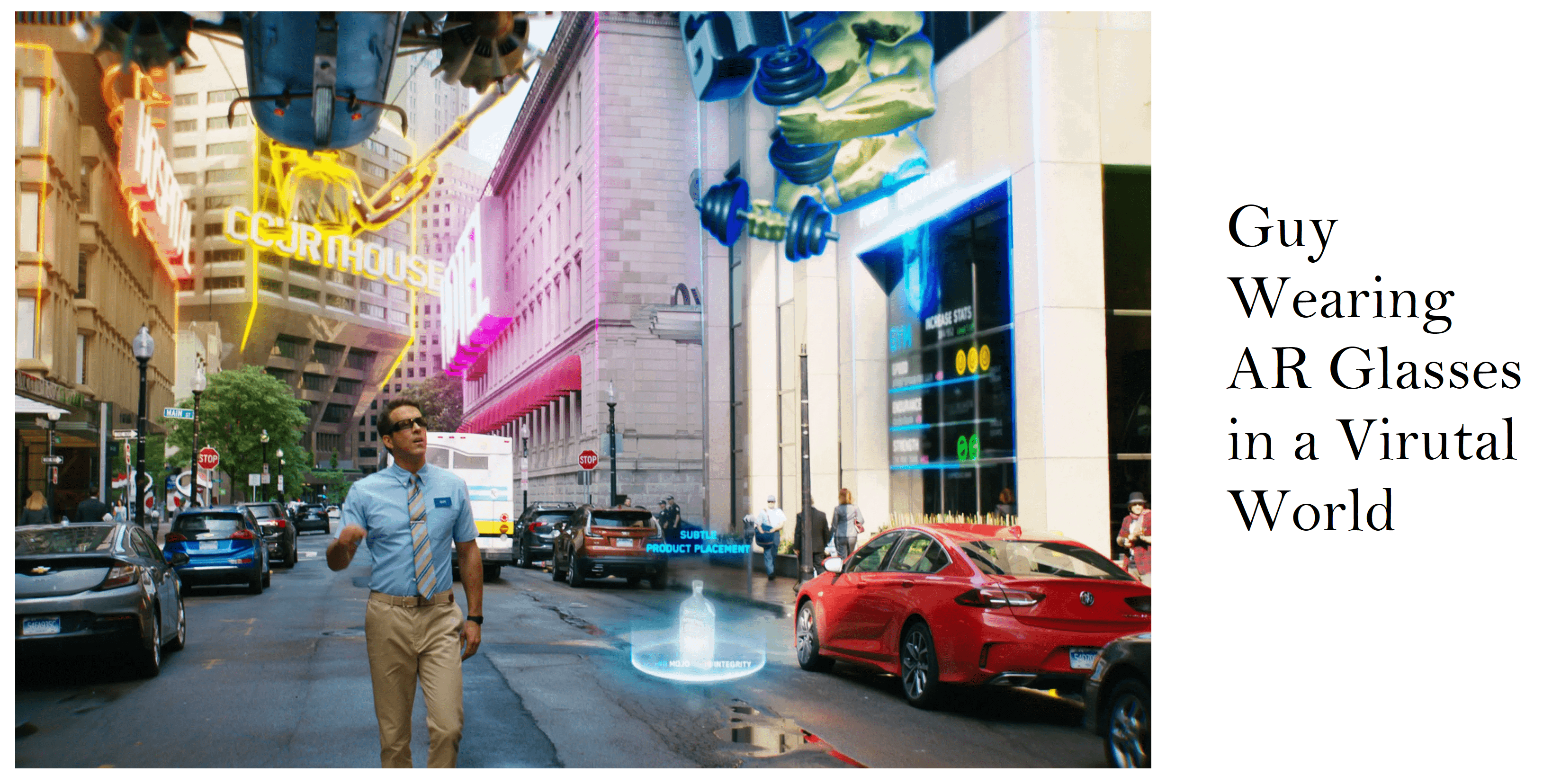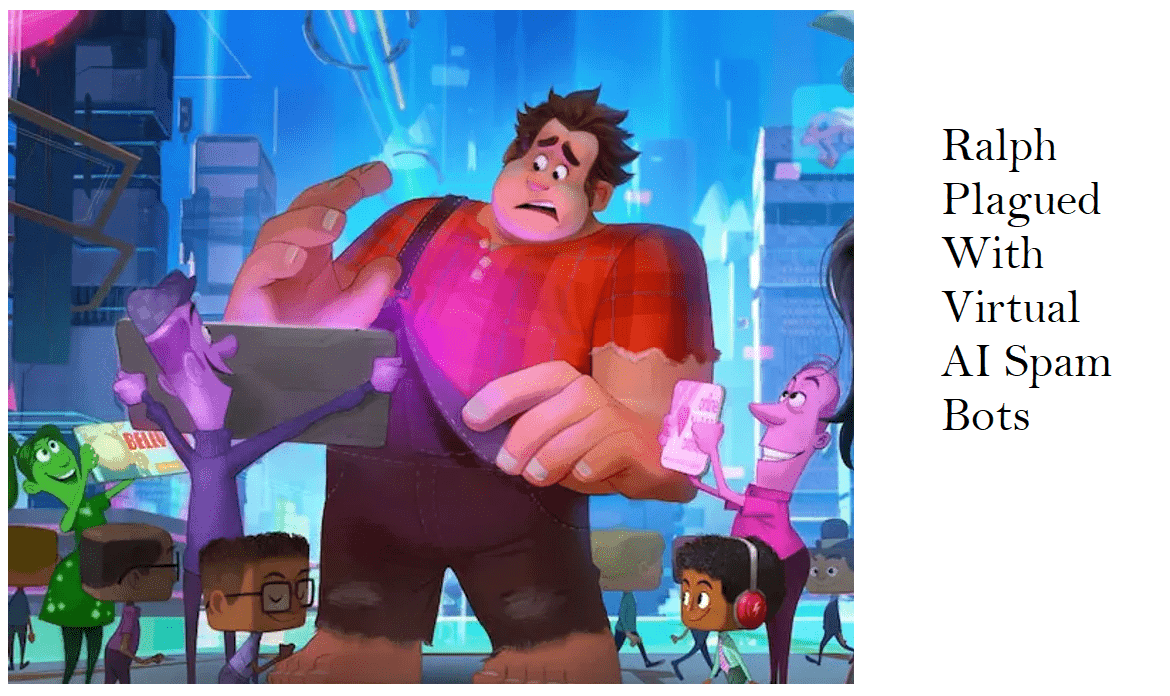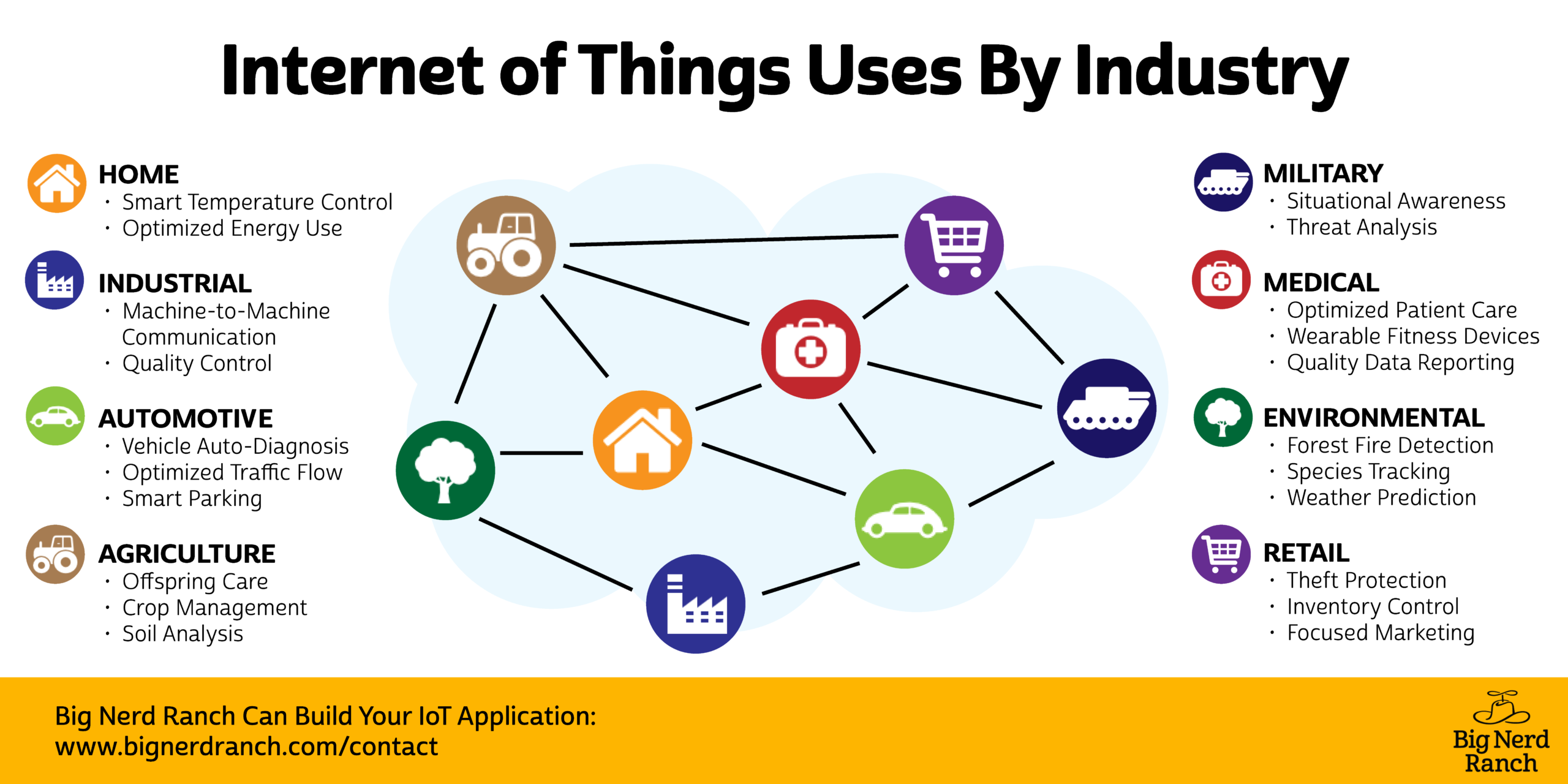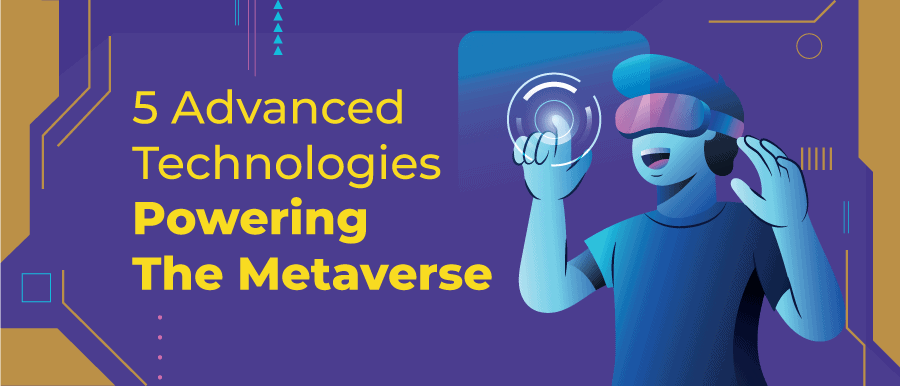According to the announcement made by Mark Zuckerberg in 2021, the proposed timeline for Facebook’s Metaverse is 5-10 years. This announcement shed some light on the existing Metaverse Platforms and how they are fairing. It has also made users and businesses curious about the workings of Metaverse. It has made them wonder how it will affect their future, socially and financially.
The 2019 Covid pandemic changed the dynamics of socialising and working. Thanks to the optimal working and availability of the internet and technology, people got through the tough time. They were able to do their jobs from the safety of their homes. The Metaverse holds the promise of a world that completely exists in a digital space brought alive by the internet and several other technologies.
We are here to discuss some of these powerful technologies that not only power today’s nascent metaverse platforms but also have the power to shape the future of the Metaverse.
1. Virtual Reality (VR) and Augmented Reality(AR):
While Virtual Reality is one of the fundamental technologies powering the Metaverse, Augmented reality will also decidedly shape how we envision Metaverse. AR provides users with a new reality with realistic infrastructure, characters, products, and services. Metaverse will leverage these technologies to build powerful interactive worlds.
Metaverse will highly depend on Virtual Reality Headsets to connect users to their framework. A very clear example of this can be seen in Marvel’s Agents of Shields, where the creators build VR Frameworks. To enter this framework, users had to use a medium to connect to the world. As seen in the image below, they relied on VR headsets and other machinery to make it happen.

Image Resource: BobCanada Blog
Augmented Reality Glasses or screens are other essential gadgets that significantly improve the Metaverse.
In 2022, Augmented Reality Glasses exist separately from VR headsets. An example of this would be Google’s Glass Enterprise Edition. In 2013, Google was a bit ahead of time with the launch of Google Glass Explorer Edition. However, in 2022, with the announcement of the Metaverse and increased awareness about AR technologies, Google Glass is here to stay.
In futute, Virtual Reality headsets can also be equipped with Augmented Reality Features. A prime example of this would be the glasses worn by Ryan Reynolds’s character in the movie Free guy. Ryan’s character, Guy, is actually a character in a virtual world. Guy gets his hands on glasses that help him manipulate the environment in his favour.

Image Source: Media Wire
This is the promise Metaverse holds.
2. Artificial intelligence (AI)
Artificial Intelligence Systems work by combining large sets of data, using a competent and iterative processing algorithm. These algorithms are designed to identify and learn patterns and features within the data they analyse. AI utilises technologies such as Machine learning, deep learning, neural networks, cognitive computing, natural language processing, and computer visions to model human behaviour. It does so by learning, identifying, and mimicking the pattern found within the processed data.
Although Facebook plans to equip the world with Metaverse, initially, not everyone is going to climb aboard. When Facebook launches Metaverse, it may be free, but Meta will capitalise on the VR and AR goodies it sells on this elaborate platform. Furthermore, it will need bots powered by AI to be a part of the environment. Think of these AI bots as the chatbots that we usually interact with.
This opens a new marketing channel for companies interested in advertising their goods. In the movie Ralph Breaks the Internet, we saw how Ralph was plagued with spam and marketing bots as soon as he entered a new world.

Image Resource: Media Proxy Salon
3. Internet of things (IoT)
The Internet of things is a network of physical objects termed “things”. These things are connected through technologies and sensors embedded within the devices, making data exchange possible over the internet. The internet of Things speaks about internet-embedded devices such as kitchen appliances, baby monitors, thermostats, and cars. For more devices and applications of IoT, refer to the following infographic by Big Nerd Ranch.

The Internet of things will aid the shift to Metaverse. It will do so by helping us map real-time data from real life into a digital reality. Technology Magazine’s piece on IoT states that IoT’s role will be to bring reality (the outside world) into the digital realm (metaverse).
4. Virtual 3D Reconstruction
Virtual 3D reconstruction can introduce semi-realistic or realistic infrastructures to the Metaverse. Consider the touch Wall created by 360 Bright Media for Henkel. Although the primary goal is to create a realistic vehicle model to strategically showcase the product, 360 Bright Media was able to also simultaneously build a semi-realistic 3D infrastructure of Henkel’s company building along with the surrounding landscape. Refer to the Henkel Video to see a more detailed version of the Touch Wall.

The benefits of 3D reconstruction are quite obvious. The key is to create worlds equipped with stores that are virtual replicas of real-life buildings, infrastructures, and products. When you refer to the video link we have shared, one can clearly see the impressive 3D reconstruction of Henkel’s vehicle created by 360 Bright Media. The Metaverse will also offer a powerful training platform for all industries and institutions.
Consider the changes it can bring to building vehicles. It will help save a lot of resources that are otherwise wasted or need to be reprocessed to fit the parameters. With a 3D reconstruction of worlds and training programs that can also be powered by technologies such as AI, we have the possibility of creating better and sustainable products.
5. Blockchain & Cryptocurrency
Cryptocurrency is a decentralised digital currency with market value. Bitcoin was the first cryptocurrency to make news and revolutionise digital currency worldwide. A blockchain is considered a ledger for these cryptocurrencies. It is an electronic database that holds a large amount of information about transaction records of cryptocurrency that are stored in groups known as blocks.
Virtual Universes such as Decentraland already use NFTs for the purchase of land parcels. These are lands in the virtual world Dencetraland. Users can purchase these lands with in-game Cryptocurrency Mana. In June 2022, coinbase showed the Indian rupees equivalent for 1 Mana to be 63.24 INR.

Blockchain Technology, which acts as a ledger holding the records for these transactions, help establish and secure the user’s purchase of the virtual land through cryptocurrency.
Metaverse can leverage cryptocurrency and blockchain to facilitate effective, secure, traceable, and automatic transactions in the digital world.
Final Words:
Metaverse by Facebook is in the developmental stages. In order to understand the workings of Metaverse, users would likely have to experience it for themselves. In 2022, several metaverse platforms give users to become a member of their digital world. Users can try platforms such as Hyperverse, Decentraland, The Sandbox, Roblox, and Epic Games. Navigating these worlds should give users insights into how these technologies are already being used to power the current developmental stage of Metaverse.
With Facebook’s Elaborate plan for Metaverse, we’ll see all these technologies put to work to create an interactive and engaging digital world.
Are you excited about the opportunities presented by Metaverse? Learn how to move your business to Metaverse.

